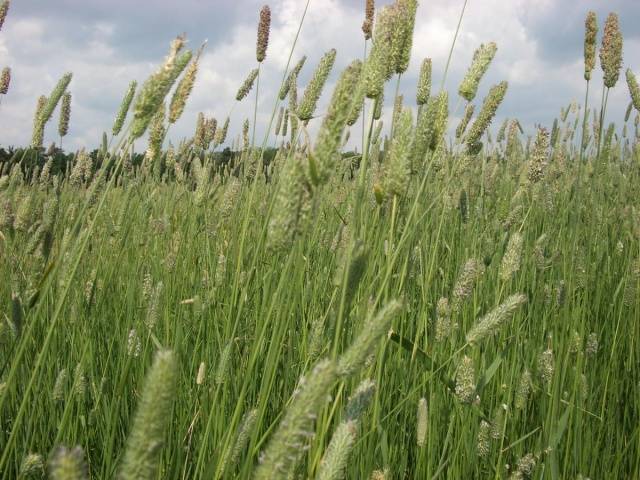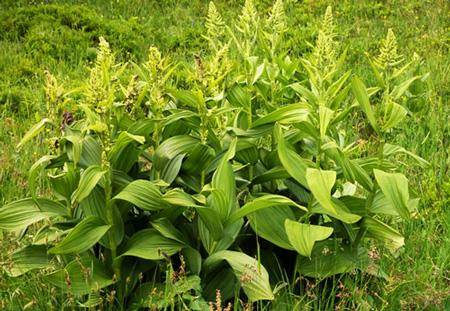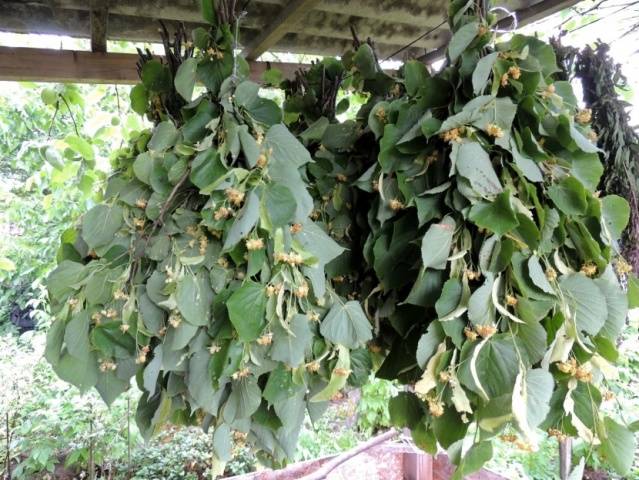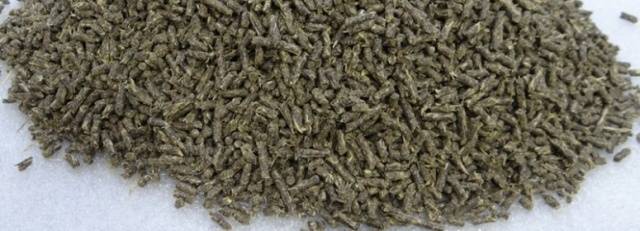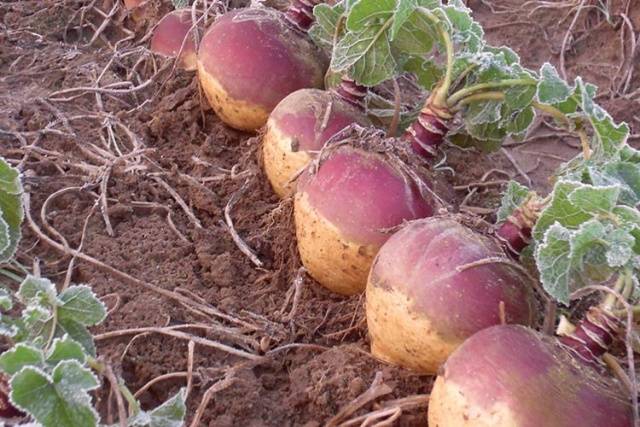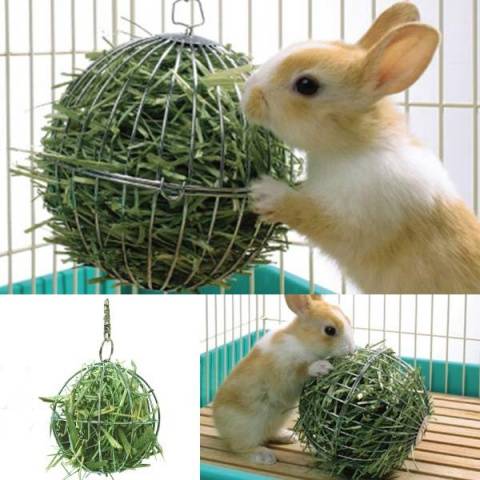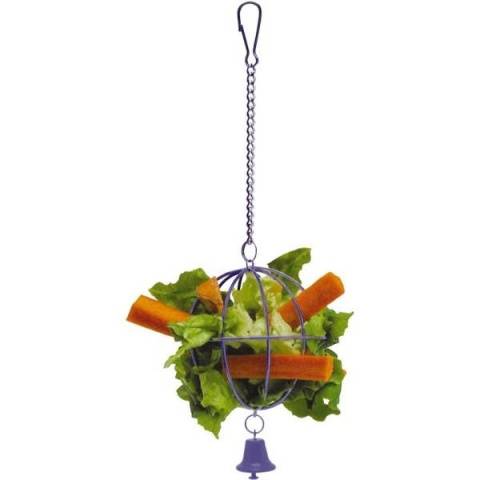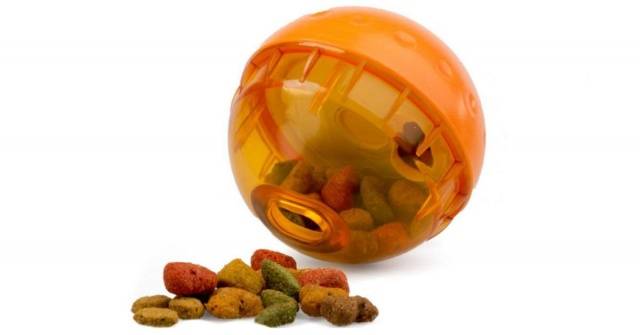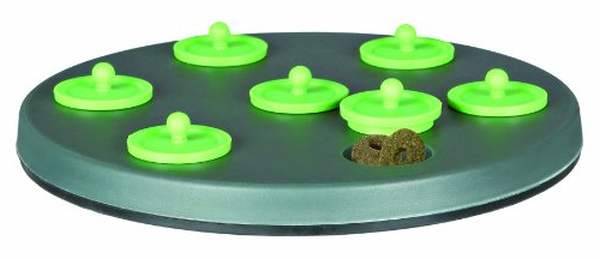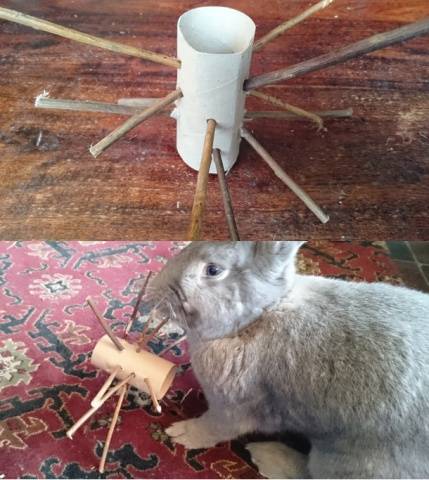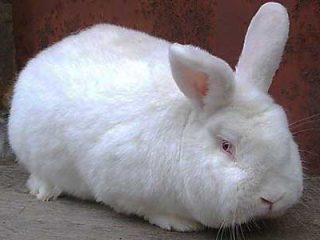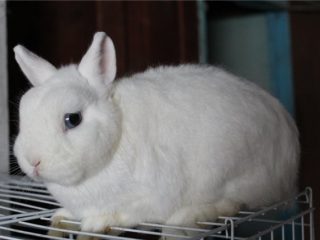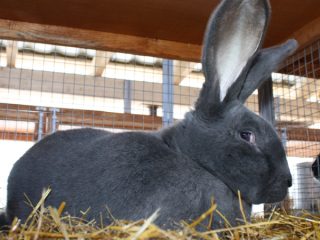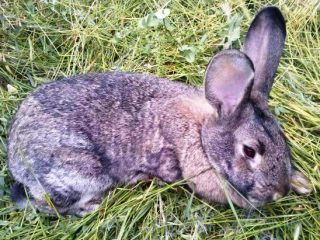Content
The gastrointestinal tract of rabbits has not changed since domestication, which means that the main component in the animal's diet should be hay. In addition to fresh and dried grass, in nature a rabbit can gnaw the bark of young fruit trees. He usually gets grain in small quantities during the ripening period of wild cereal herbs. Together with the stems of these plants.
The diet of domesticated rabbits differs from the diet of wild ones only in the possibility of obtaining succulent food in the winter, which wild animals are deprived of. To save expensive feed, private homeowners add succulent feed and kitchen scraps to their rabbits’ diet. Or they make wet mash mixed with bran. What they eat decorative rabbits, is almost no different from the diet of domestic rabbits bred for meat. Ornamental rabbits receive the same hay. Compound feed for decorative rabbits may differ in chemical composition, since some feeds are developed specifically for decorative animals. There are also feeds for problematic decorative rabbits. But the principle is still the same: grain mixture. They can also receive succulent food. But this already depends on the courage of the animal owners.
Food for decorative rabbits is divided into three large groups: coarse, concentrated and juicy.
Roughage
Roughage is a feed with a high fiber content per 100 g dry weight. That is, hay, straw and tree branches.
In addition to quality levels, hay is also divided by nutritional value and chemical composition. But if the chemical composition has to be checked in the laboratory, which the average owner is unlikely to do, then the average nutritional value of hay is usually known from reference books. However, very nutritious hay is not needed for decorative rabbits; it will most likely be harmful to them, as it will lead to obesity.
Differences in types of hay
In first place in the ranking of hay for decorative rabbits is timothy hay. On the second there are meadow herbs. This is hay made from wild grasses. Next, alfalfa hay and oat straw, which were prepared during the period of milky ripeness of oats.
Alfalfa hay is not recommended for rabbits over 6 months of age as it is very high in protein. To avoid obesity, adult rabbits need enough low-protein hay and grain pellets. But old animals will not be able to chew hay and chew hard granules, which are specially designed to wear down rabbits' constantly growing teeth. Herbal meal is available in two forms: granules and loose. Depending on the condition of the rabbit's teeth, you can choose the appropriate shape.
Oat straw, despite its name, is readily eaten by rabbits and is an excellent substitute for hay.But the main condition for quality straw should be its green color, indicating that it was cut at the unripe oat stage. Animals do not eat stems of mature oats very readily.
Timothy, alfalfa and oat straw are uniform hays. But it’s worth talking about meadow herbs separately.
Meadow forbs
Hay is good because a variety of grasses containing different amounts of microelements and vitamins complement each other. But in the same hay lies danger for rabbits. Many herbs that are poisonous when fresh do not lose their properties even when dried. Such plants include:
- spotted hemlock;
- Avran officinalis;
- poisonous wekh, also known as hemlock;
- larkspur;
- wild mustard;
- St. John's wort;
- buttercup, almost all types;
- cockle. Only the seeds of this plant are poisonous, which can fall into the hay along with the stem;
- digitalis;
- spurge;
- celandine;
- hellebore.
The situation with hellebore is complicated. Being very poisonous in the European part of Russia, in Altai it is so safe that it is one of the crops harvested for livestock feed. People in those parts also eat it. But since the seller in the pet store is unlikely to be able to educate the buyer in what part of the world the hay was harvested, it is better not to take risks.
As a result, the rabbit owner will also have to become a botanist. Especially if he decides to make hay for his decorative rabbit on his own. And this is a real option, since owners of herbivorous pets - degus, chinchillas, guinea pigs and decorative rabbits - often complain about the lack of quality hay in stores. Not only is it not of high quality, it is simply moldy.
There is also seeded meadow herbs.Such hay will not contain poisonous plants, but the selection of herbs will be poorer.
tree branches
For the winter, branches with bark are often prepared for rabbits. Theoretically, only branches are needed, but no one picks off the leaves, so the rabbit gets a broom from the twigs along with the leaves. You can also give fresh branches. By gnawing on the bark, the rabbit wears down its teeth. In this case, a bundle of branches or a relatively thick log can also serve as toys.
They give rabbits branches of deciduous trees and coniferous trees in winter.
The bark of stone fruits contains a lot of hydrocyanic acid, and the spring needles contain essential oils.
Often brooms are prepared for rabbits from linden, willow or birch. It is better to keep oak branches as a remedy for diarrhea. Brooms should not be dried in the sun. They are dried under a canopy in the shade so that the branches are blown with air. Animals will like linden harvested during the flowering period.
Grain, pellets or compound feed?
Any of these varieties refers to concentrated feed. That is, to feeds that, with a small volume of consumption, provide maximum weight gain or energy.
Some rabbit breeders believe that the most natural food for rabbits is a mixture of whole grains. This mixture helps to wear down teeth, since many grains have very hard seeds. It is also convenient to use such a mixture because you can mix the grain yourself in the required proportions.
From grain, rabbits can:
- barley;
- oats;
- corn;
- wheat.
Concentrates also include legumes:
- fodder vetch;
- peas;
- soy;
- lentils.
Since legumes are known for their ability to swell greatly when soaked, they are best served in ground form.
It is for this reason that compound feed is better than grain mixture for decorative rabbits.
Actually, the word “compound feed” itself is an abbreviation for the phrase “combined feed,” that is, feed with several types of grain. Therefore, feed, strictly speaking, is any grain mixture with more than one component.
But after the appearance of granules, the name “grain mixture” was assigned to a mixture of whole grains; the name “compound feed” was assigned to a mixture of several types of crushed grains; the granules began to be called granules, although they are compressed feed. Another type of feed containing crushed grain is called “muesli”.
When choosing what to feed a decorative rabbit at home, keep in mind that a decorative rabbit needs little feed of any kind. A maximum of a few tablespoons, if by decorative you mean some large breed.
Feeding decorative rabbits with compound feed is usually done 2 times a day. However, the owner decides how many times to feed the decorative rabbit. Some recommend leaving the pellets freely available around the clock. But for a decorative rabbit this regime is undesirable. So, rabbits are fattened on farms for slaughter or fed with the broodstock according to this scheme, since female rabbits need increased nutrition. They are constantly, if not pregnant, then lactating. A decorative rabbit will become obese from this regime.
However, for decorative rabbits you can already find specially made pellets that take into account the rabbit’s needs and the owner does not need to make the feed himself.
Juicy feed
Juicy feed includes not only fruits, vegetables and root vegetables, but also fresh grass and silage. The latter is usually given to rabbits on farms. It can provoke fermentation in the intestines. Therefore, it is also better not to substitute silage at home - sauerkraut.
It is believed that rabbits are very fond of succulent food, but for a baby rabbit 2 months or younger, such food is deadly. His digestive system is not yet developed and lacks the necessary microflora. Since baby rabbits emerge from the nest and begin to try “adult” food after 15 days, succulent food should not be given to the female rabbit.
From 3 months, you can start giving your baby rabbit a little celery or parsley. But you should start feeding the animal fresh plants very carefully, a little at a time, carefully monitoring its well-being.
What you can feed a decorative rabbit:
- swede;
- kale;
- salad;
- Chinese cabbage;
- broccoli;
- celery;
- parsley;
- potatoes without signs of greening;
- dried grass;
- fodder beet.
What you should not feed decorative rabbits:
- green potatoes;
- grass wet from rain or dew;
- wet clover;
- fresh white cabbage leaves.
What you can feed, but very carefully, and it is better not to give:
- clover;
- apple;
- carrot;
- shelf-stable fruits and vegetables from the store (there are no vitamins there, and there are more than enough chemicals for poisoning);
- Red beetroot;
- peaches;
- apricots.
The most correct food option for a rabbit
The task of the owner of a decorative rabbit is to feed the animal the required amount of hay and feed without long breaks between meals, providing the most natural nutrition for the animal.But if hay and feed are constantly freely available so that the animal can constantly chew and ensure normal intestinal function, then the animal will become obese. If you take long breaks and give out food only in the morning and evening, blockages of food masses in the intestines are inevitable.
Therefore, the rabbit needs to make it as difficult as possible for the rabbit to access food, forcing him to hunt for his daily food intake all day long. This can be done by stuffing hay into a ball like this.
The ball of hay can be hung or left to roll on the floor. It is better to hang it, because by rolling the ball, the animal will be able to drive it into a corner and then eating the hay will not be difficult for the rabbit.
In a similar ball you can place succulent food.
And in order to extract pellets, the animal will also have to develop its intelligence, racking up kilometers along the way. Shaking granules out of such a ball is not an easy task.
The second option is worse. The animal will quickly figure out how to get the granules, and this toy will occupy it for a short time.
The advantage of such feeding toys is that the animal is occupied with them all day long and has no time to be mischievous.
You can pamper your pet with twigs by building him an “anti-tank hedgehog” from a toilet paper tube and branches cut and cleared of leaves.
And play - you can throw it and chew it.
When feeding decorative rabbits, unlike farm rabbits, it is important to observe between continuous chewing all day long and the minimum required daily feed intake. You can determine whether there is a lack or excess of feed by periodically monitoring the animal’s weight.
